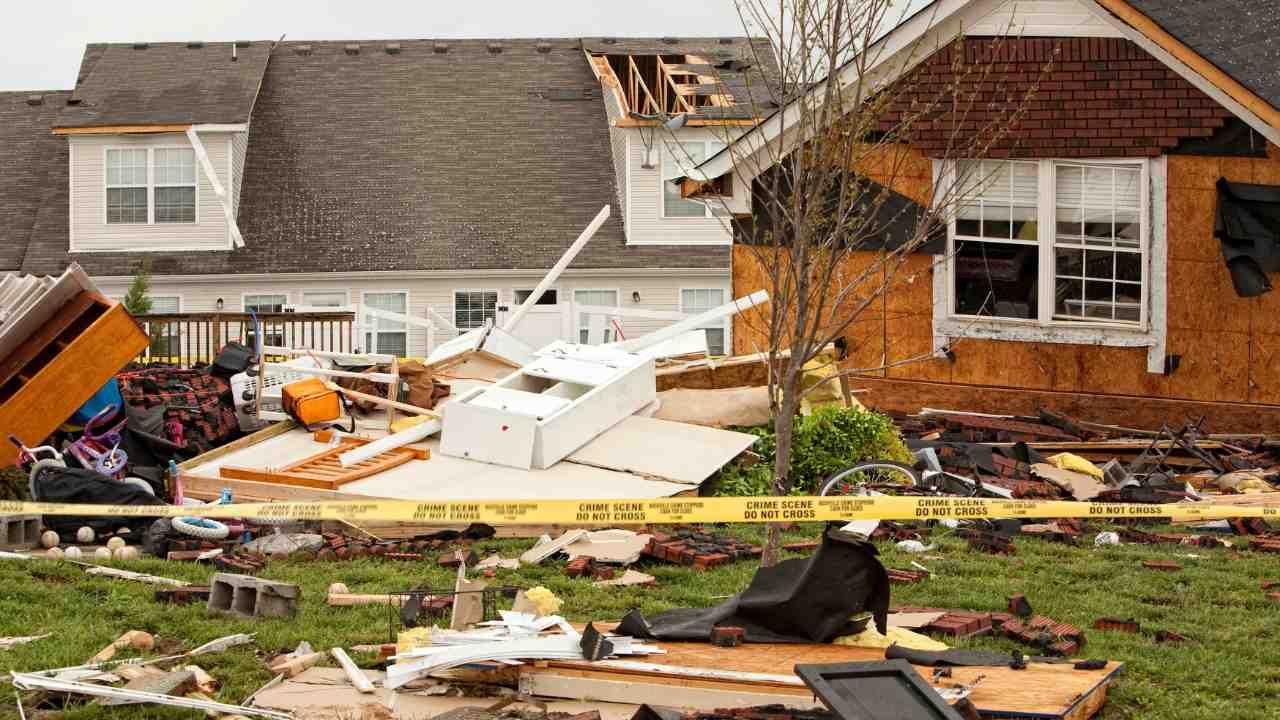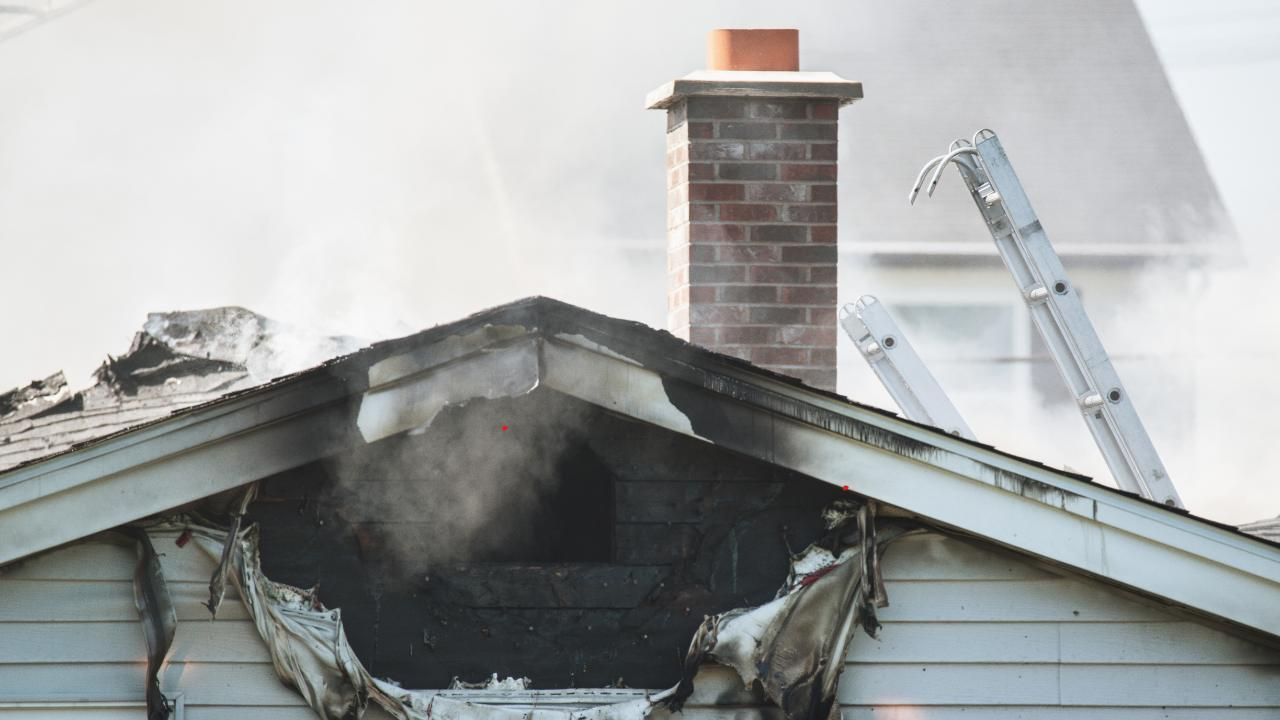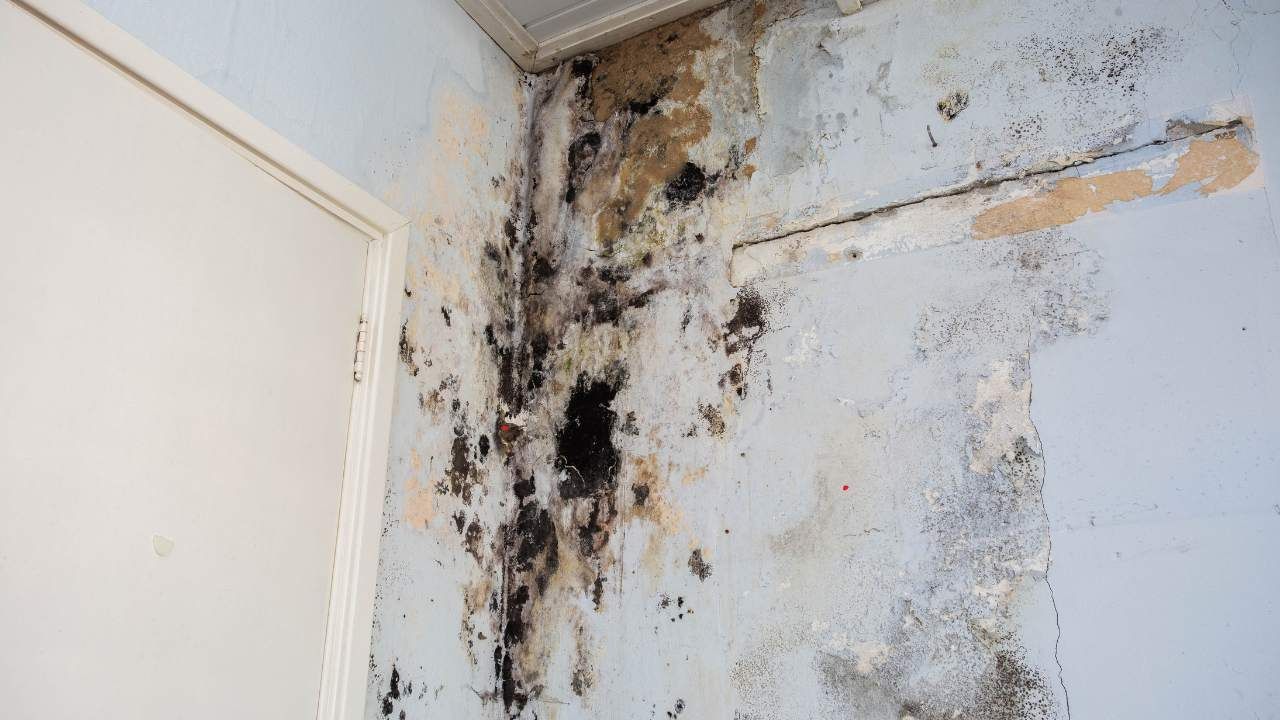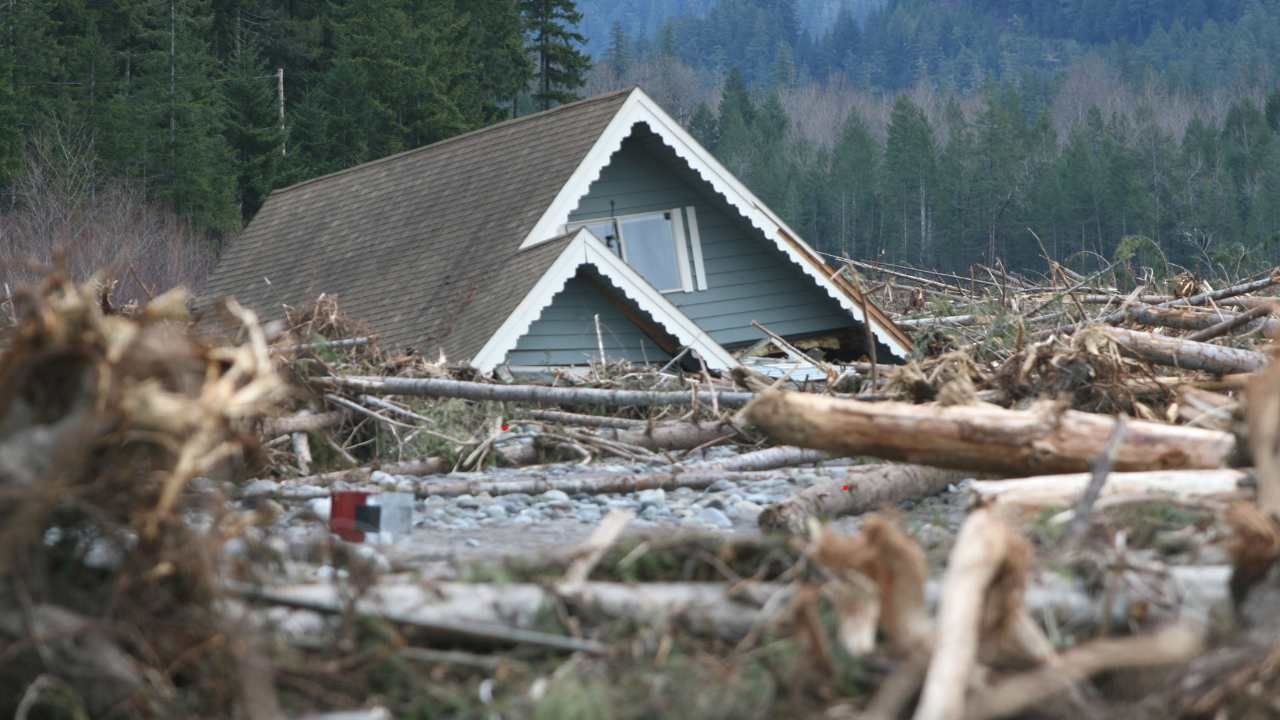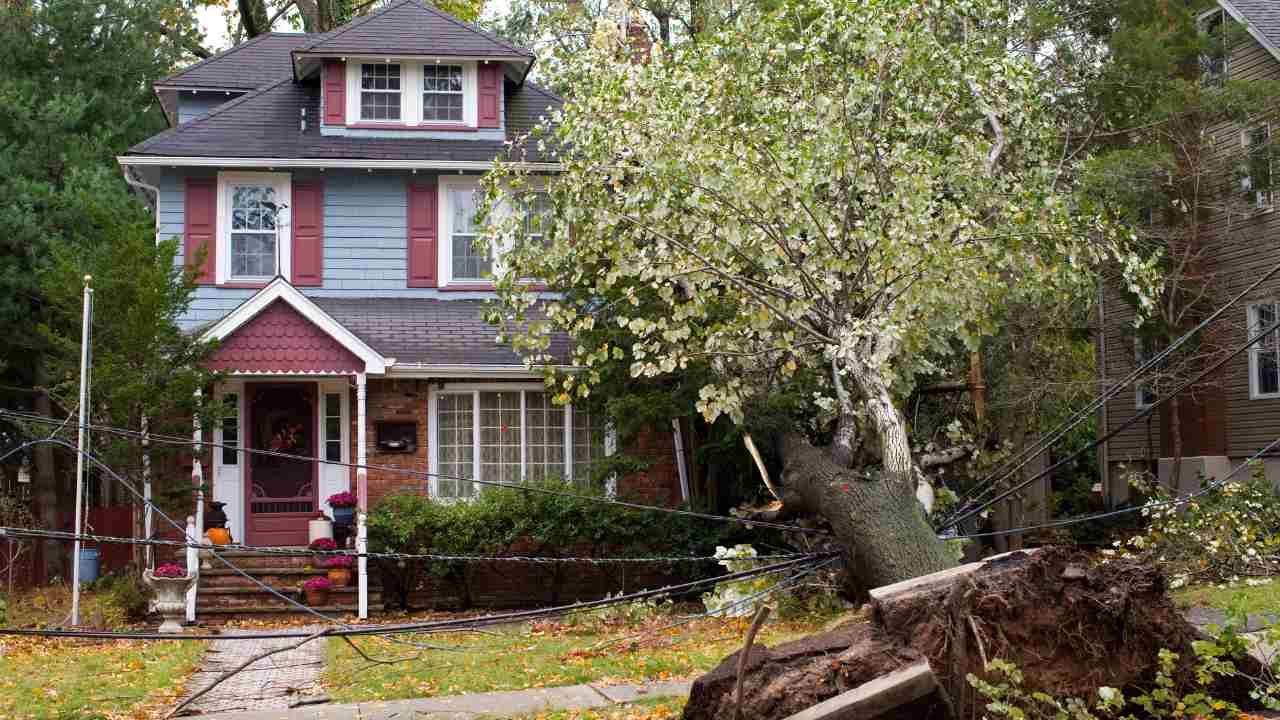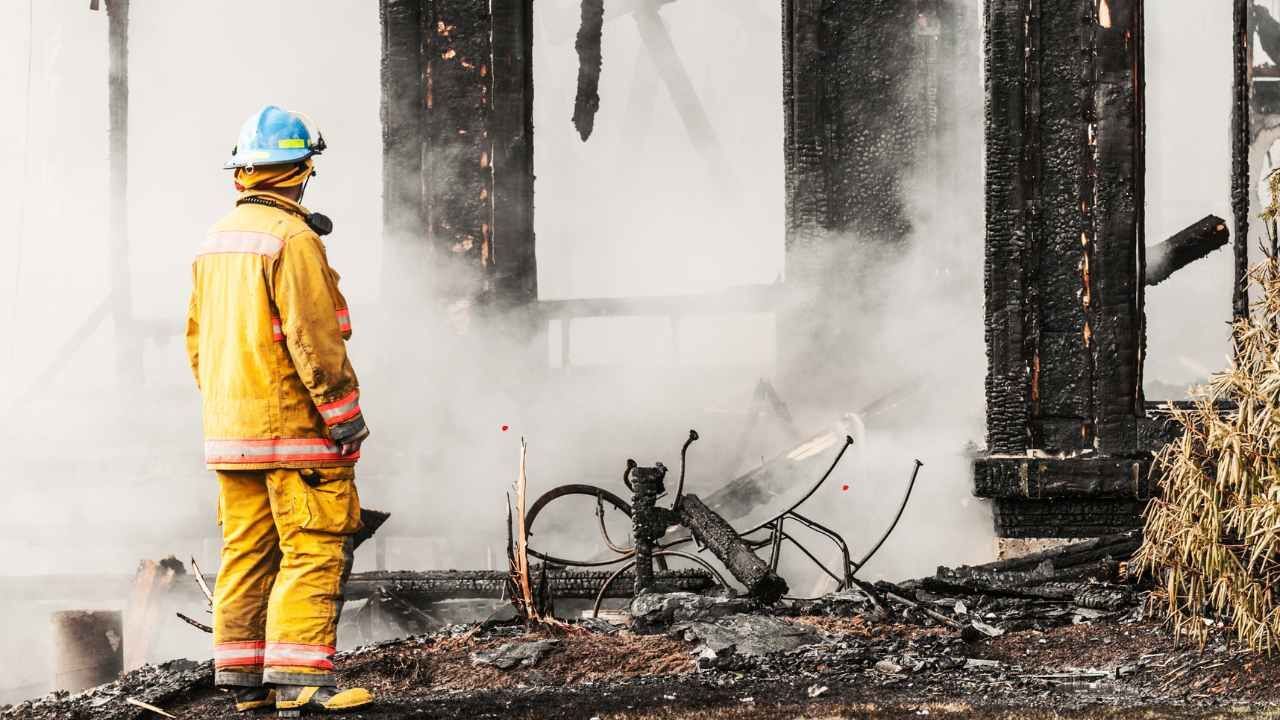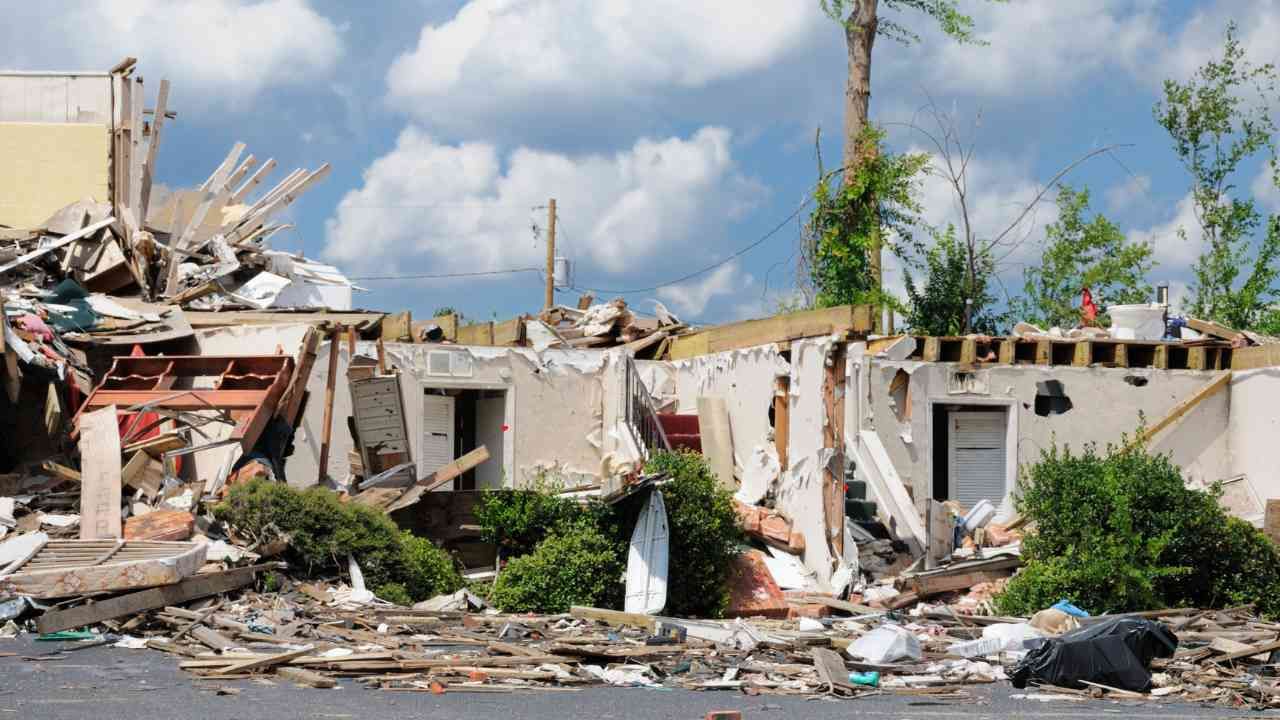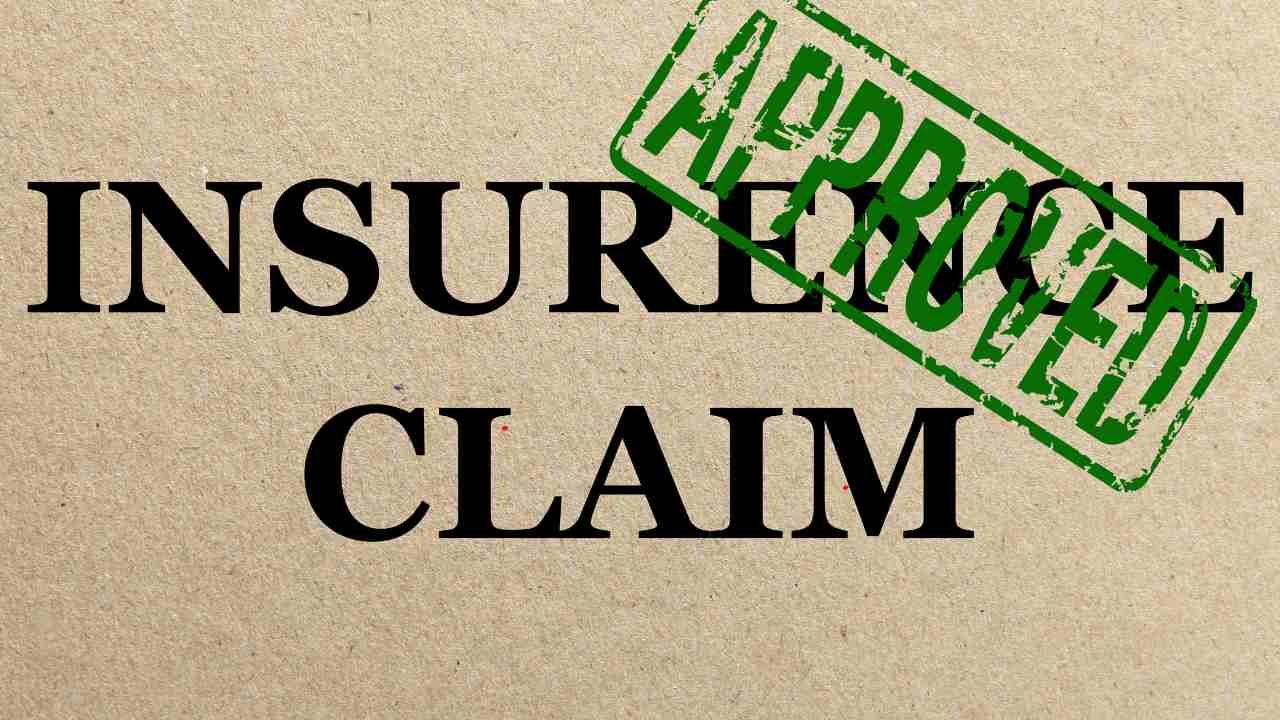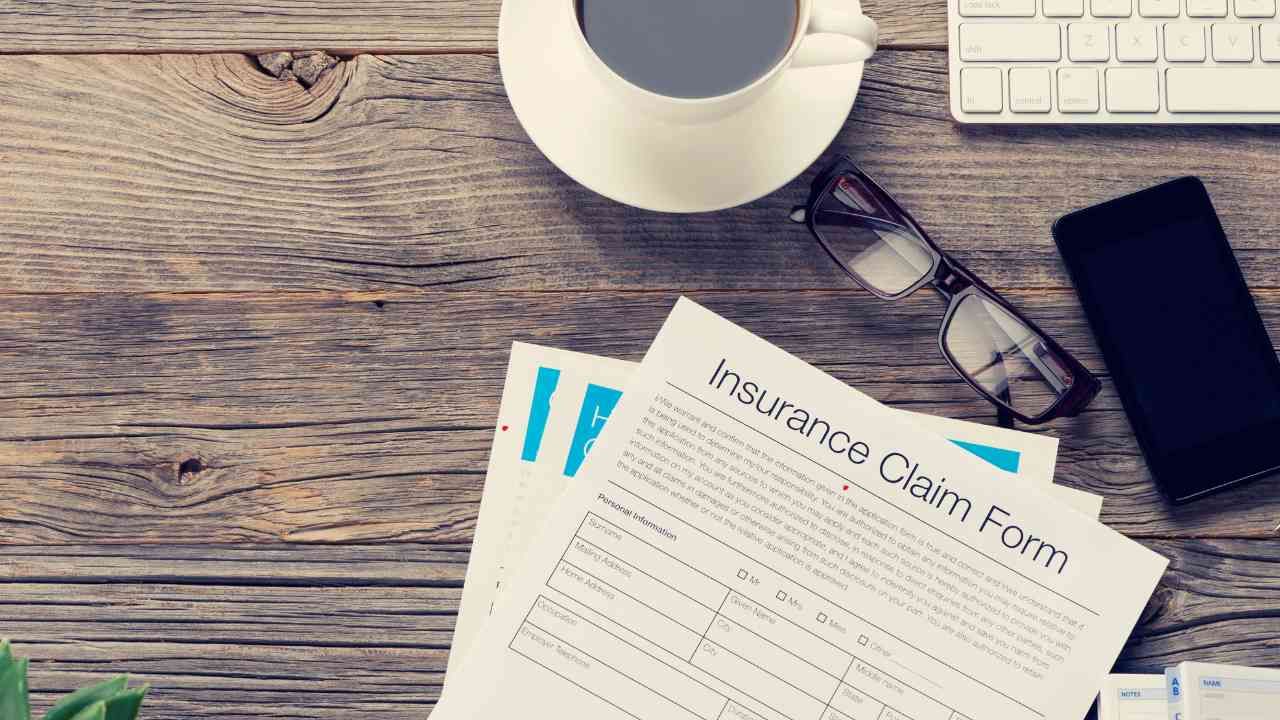Property Damage Estimates
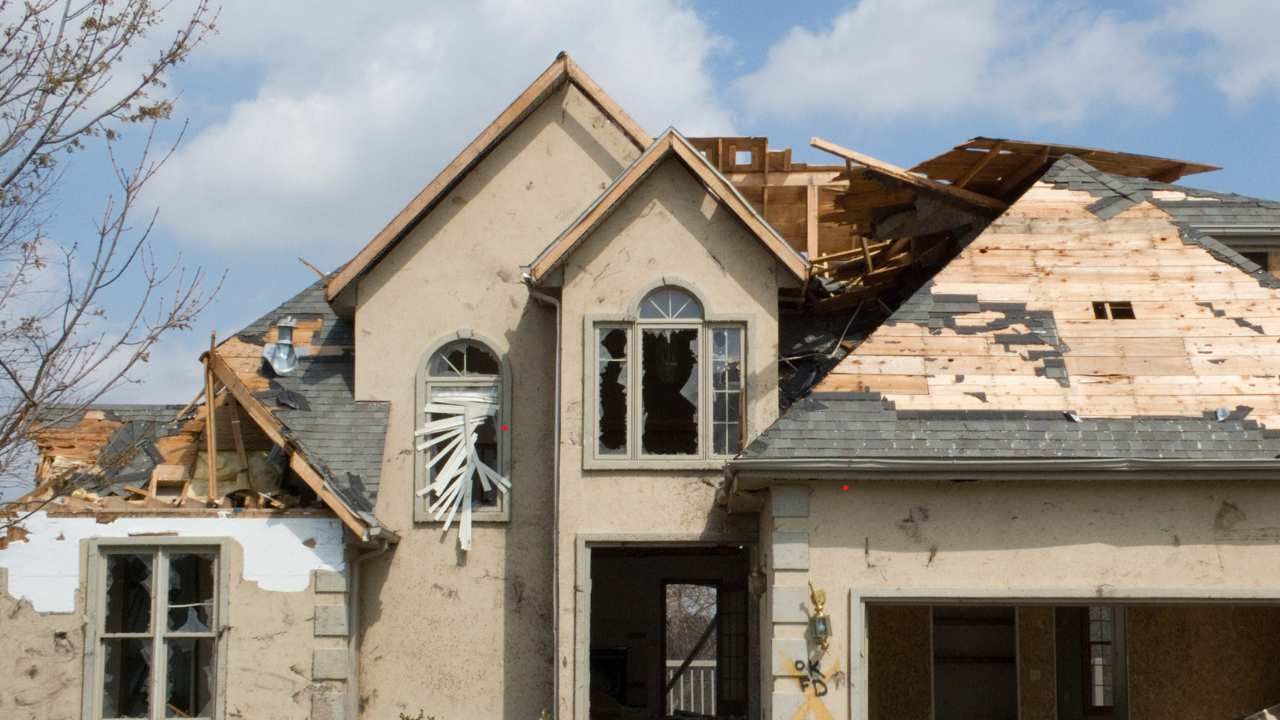
When disaster strikes—whether it's water damage from a burst pipe, fire damage, or a severe storm—the last thing you want is an insurance settlement that doesn't fully cover your losses. The key to a successful claim is thorough and accurate documentation of property damage. A well-documented claim can make the difference between a smooth payout and a frustrating dispute. As a public claims adjuster in Miami FL, we help homeowners and business owners get the settlements they deserve by ensuring their claims are backed by solid evidence.
So, how do you properly document property damage to ensure a fair estimate? Here’s a step-by-step guide to getting it right.
1. Take High-Quality Photos and Videos
A picture is worth a thousand words—especially in an insurance claim. The more visual evidence you provide, the harder it is for the insurance company to dispute your claim.
- Capture wide shots to show the overall extent of the damage.
- Take close-ups of specific areas, including structural damage, water stains, burned surfaces, or mold growth.
- Photograph undamaged areas as well—this provides contrast and proves the before-and-after condition.
- Use a time-stamped app or enable metadata on your camera to verify when the images were taken.
- Record video walkthroughs, narrating what you see to provide additional context.
2. Create a Detailed Inventory of Damaged Items
For personal belongings, damaged appliances, or business equipment, a simple list won’t cut it. You need details.
- Item description (e.g., “Samsung 55” 4K TV, Model XYZ123”)
- Purchase date and price (if available)
- Estimated current value
- Condition before damage
- Extent of damage (minor, moderate, total loss)
If you have receipts or credit card statements showing the original purchase price, include them. This strengthens your case when requesting compensation.
3. Retrieve Supporting Documents
Insurance companies rely on documentation, and having the right paperwork upfront can prevent unnecessary delays. Essential documents include:
- Your insurance policy (to verify coverage details)
- Receipts and invoices for major assets
- Repair estimates from contractors
- Professional appraisals (if applicable)
- Inspection reports from before the incident
If you had any previous damage to your property that was already repaired, proof of those repairs can prevent insurers from falsely claiming the damage was pre-existing.
4. Get Multiple Repair Estimates
Insurance companies often provide their own estimates, but these can be significantly lower than what’s needed to restore your property. To counter this, obtain at least two or three estimates from licensed contractors.
When reviewing estimates, look for:
- A breakdown of materials and labor costs
- A timeline for repairs
- Warranties or guarantees on work performed
A public adjuster can help you compare these estimates against the insurance company’s assessment to ensure you're not being lowballed.
5. Document Temporary Repairs and Expenses
In many cases, you’ll need to make temporary repairs to prevent further damage. If you hire a contractor to tarp a damaged roof or extract water from a flooded home, keep all receipts and invoices.
- Save receipts for emergency repairs (e.g., boarding up windows, plumbing fixes).
- Track additional living expenses if you're displaced (hotel stays, food costs, etc.).
- Keep a log of any personal hours spent on DIY emergency repairs.
Many policies reimburse reasonable expenses, so don’t miss out on potential compensation.
6. Keep a Claim Journal
A claim can take weeks or even months to resolve. During this time, you'll be communicating with insurance adjusters, contractors, and possibly legal representatives. Keeping a written log of conversations, emails, and important dates will help you stay organized and provide a clear timeline of events.
Case Study: When Documentation Made the Difference
A Miami homeowner faced severe roof damage after a hurricane. The insurance company initially offered $12,000, arguing that some of the damage was pre-existing. Fortunately, the homeowner had detailed before-and-after photos, a storm restoration company’s estimate, and a home inspection report from two years prior proving the roof was in good condition before the storm.
With this evidence, we successfully negotiated a $38,000 settlement—more than triple the original offer. This case underscores the importance of proper documentation when filing a claim.
Final Step: Work with a Public Adjuster
Even with thorough documentation, insurance companies may still undervalue or deny your claim. That’s where we come in. As a property damage insurance claims expert, we specialize in maximizing settlements by ensuring all damage is properly assessed, documented, and negotiated.
If you're dealing with a property damage claim, don’t go through it alone.
Contact
Countrywide Public Adjuster today for a free consultation, and let’s get you the settlement you deserve.

